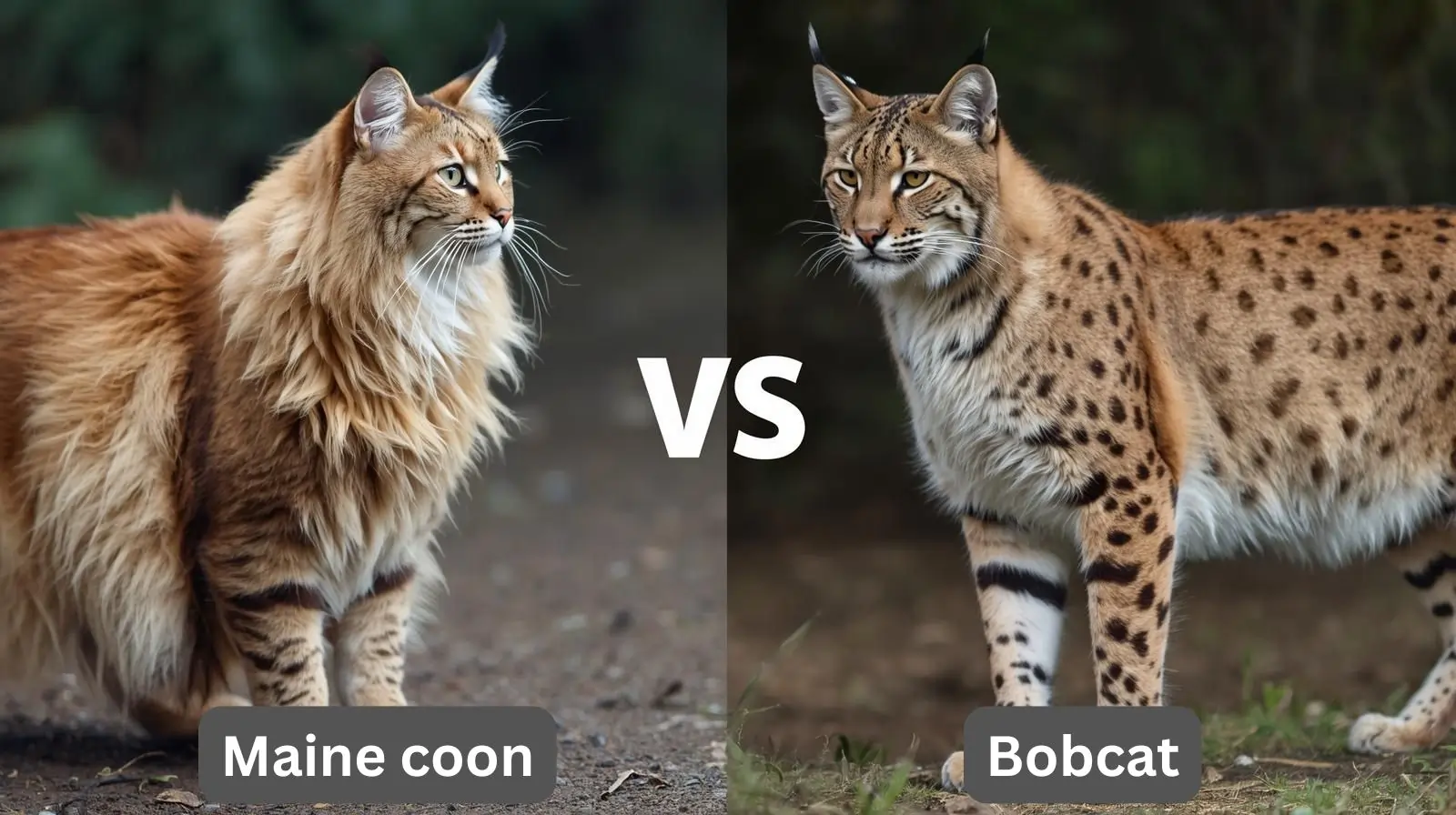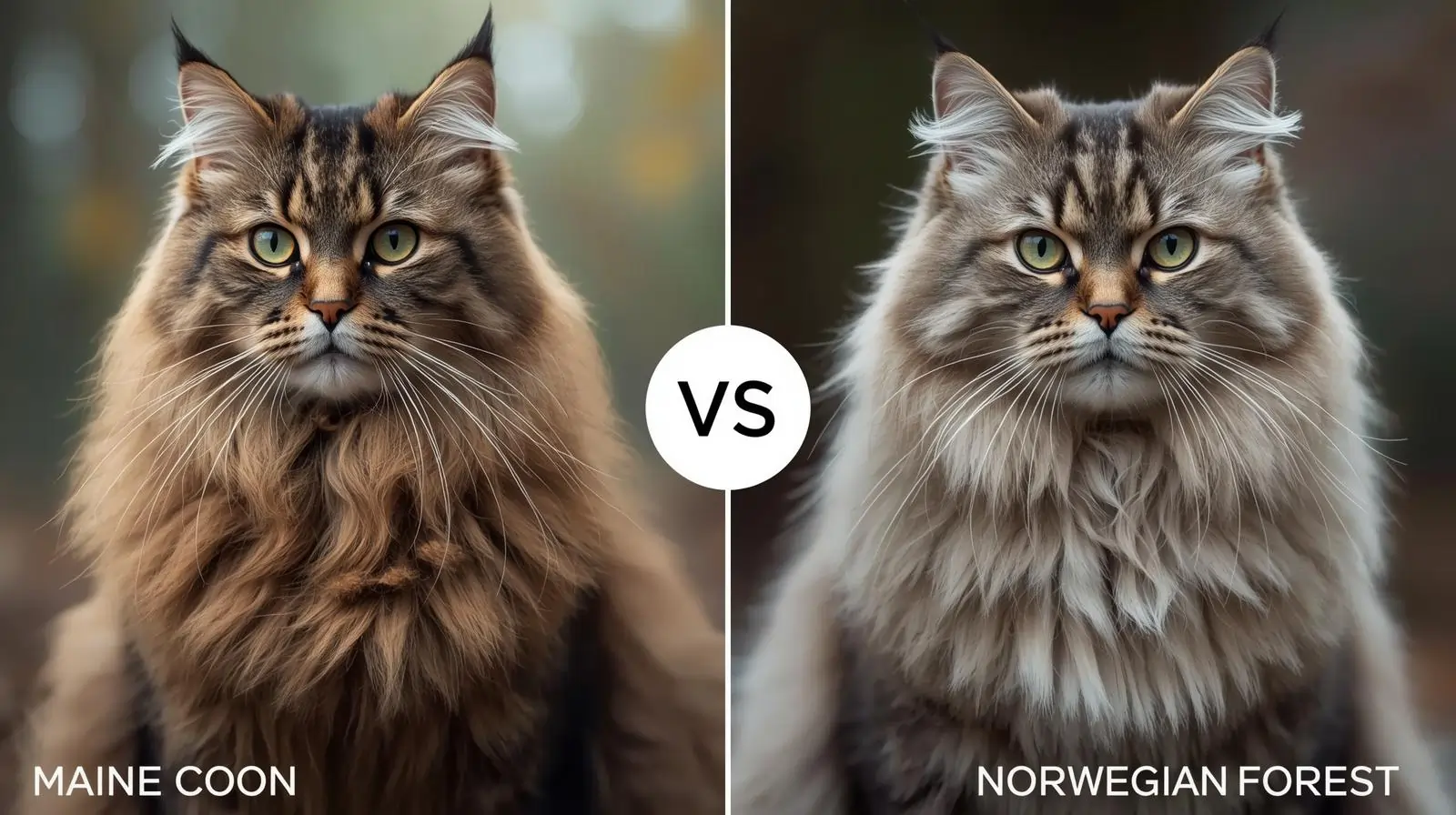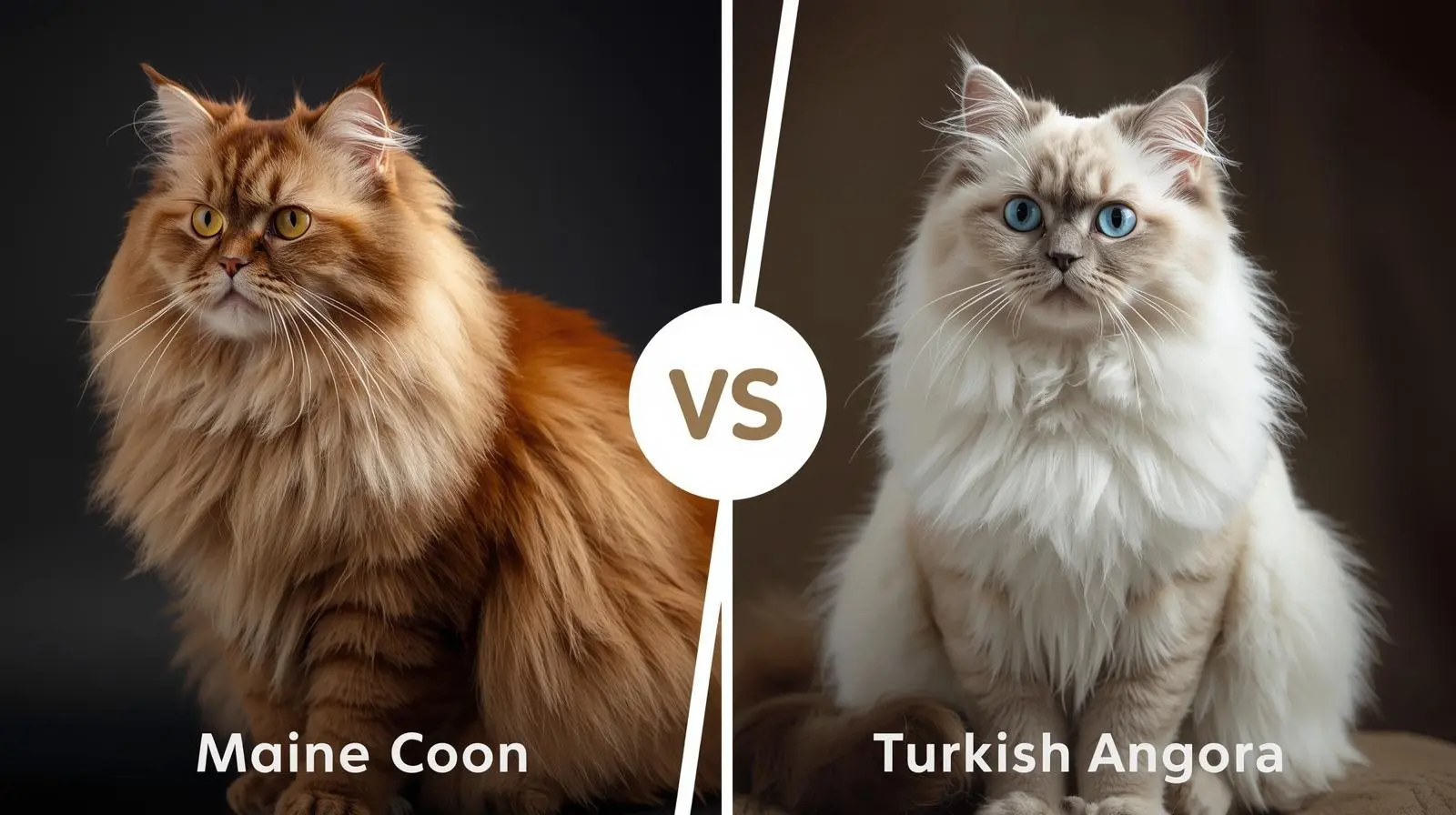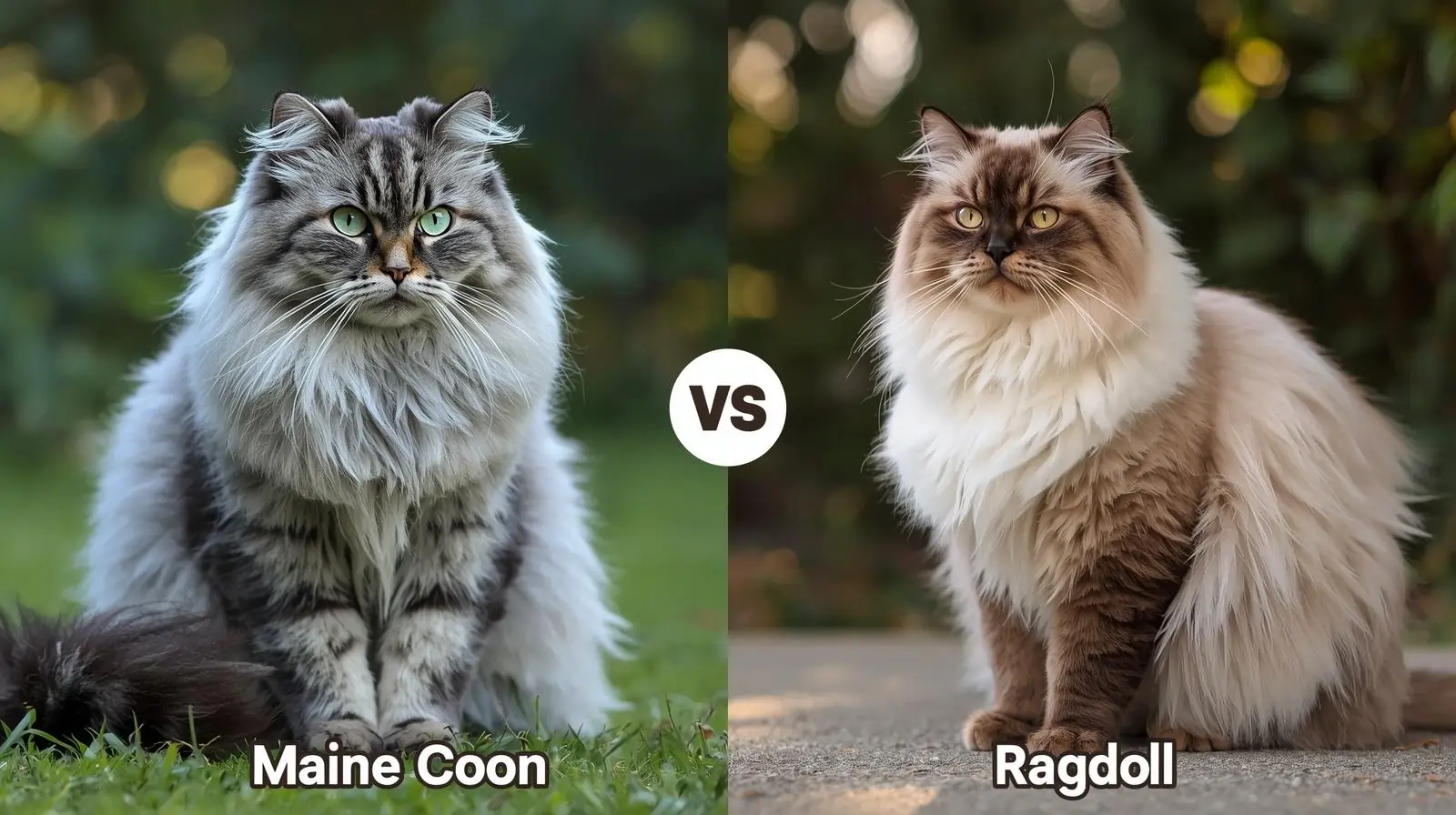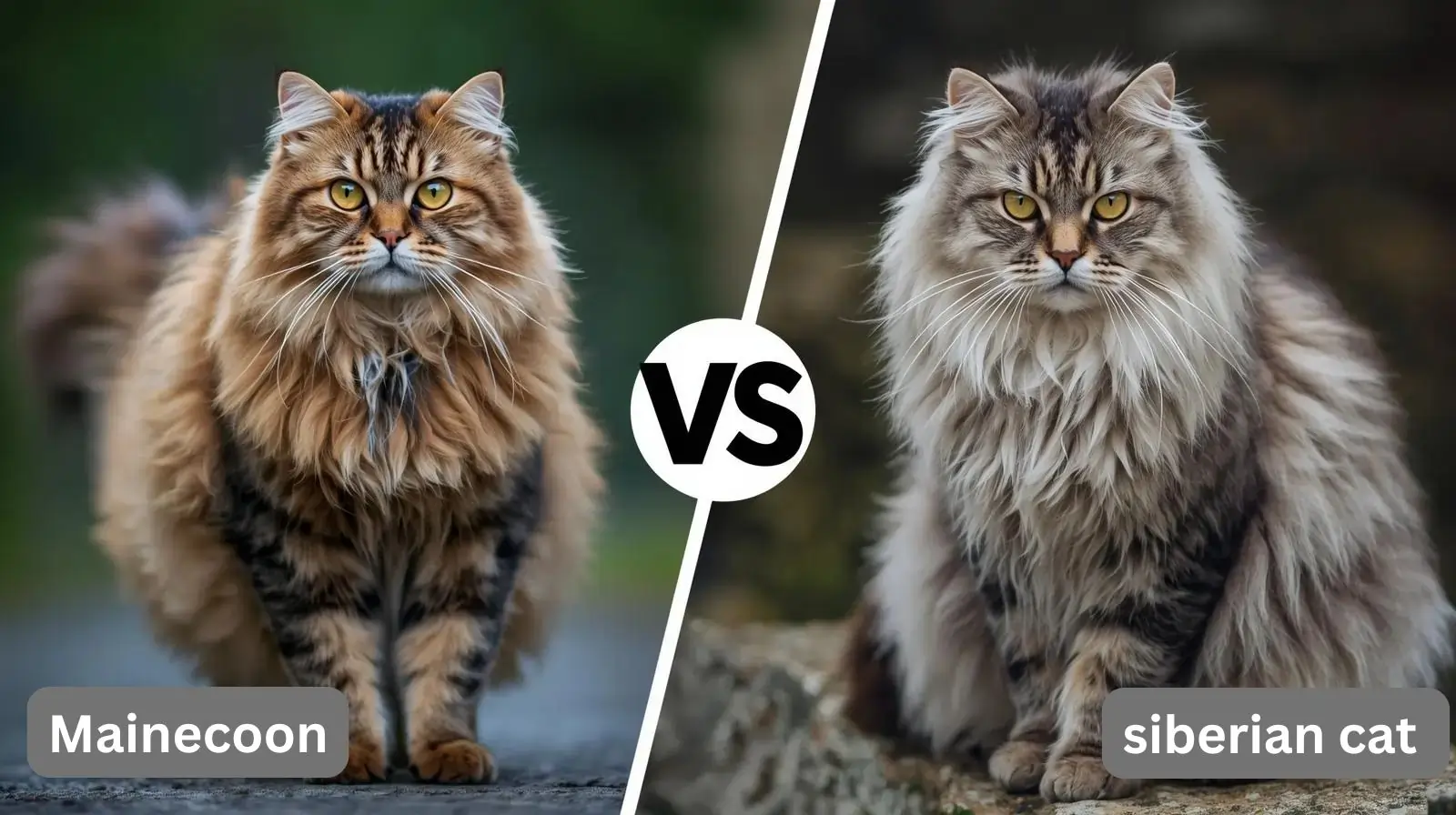Lynx vs Bobcat: What’s the Real Difference?
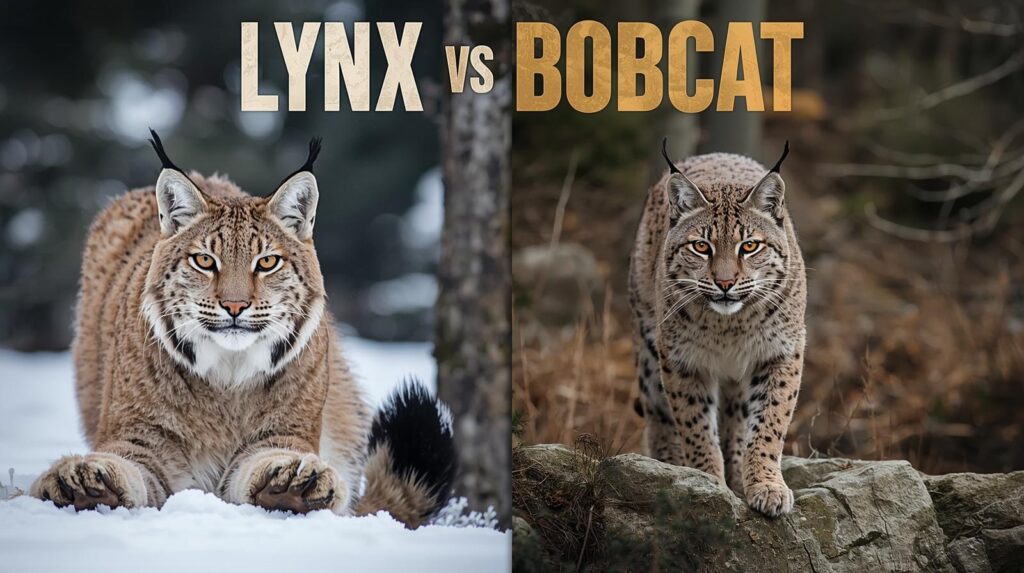
Have you ever spotted a wild cat in the forest and wondered whether you just saw a lynx or bobcat? You’re not alone. These magnificent felines share striking similarities that confuse even experienced wildlife enthusiasts. During my hiking trips through the North Cascades, I’ve encountered both species, and each time, I’m reminded how easy it is to mistake one for the other until you know exactly what to look for.
The debate of lynx vs bobcat extends beyond simple curiosity. Understanding these differences matters for wildlife conservation, habitat protection, and even personal safety during outdoor adventures. Both cats belong to the Lynx genus, yet they’ve evolved distinct characteristics that make them perfectly suited to their respective environments.
Understanding the Lynx and Bobcat Family Tree
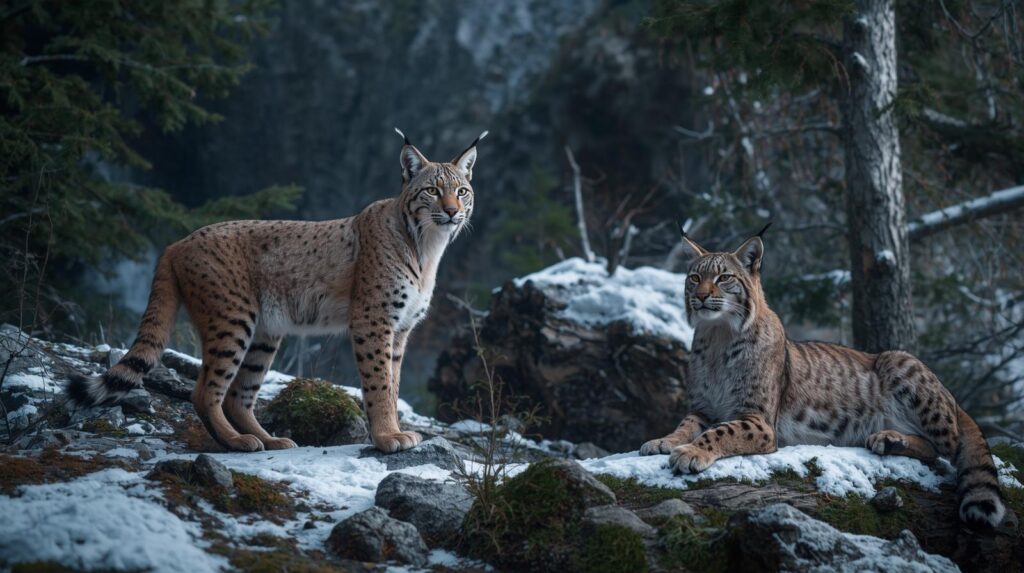
Before diving into the lynx vs bobcat comparison, it’s essential to understand their scientific classification. The bobcat (Lynx rufus) is one of four species within the wild cat genus Lynx, native to North America. The Canada lynx (Lynx canadensis) represents another distinct species within this genus, though both share common ancestors.
Scientists believe all living Lynx species descended from Lynx issiodorensis, which appeared during the early Pliocene in Africa approximately 4 million years ago. The evolutionary journey split when bobcats emerged from populations that crossed the Bering Land Bridge during the Early Pleistocene, around 2.5 million years ago.
This ancient lineage explains why the lynx or bobcat debate persists they’re distant cousins who’ve adapted to overlapping yet distinctly different ecological niches across North America.
Physical Differences: Lynx vs Bobcat Appearance
Size and Weight Comparison
When examining lynx vs bobcat dimensions, size varies more than you might expect. Bobcats can actually grow much larger than Canada Lynx, with the biggest bobcats weighing up to 44 pounds (20 kg) while Canada Lynx typically reach about 26 pounds (12 kg).
Adult male bobcats range from 14–40 pounds with an average of 21 pounds, while females average 15 pounds. In contrast, adult male Canada lynx average 22 pounds and 33.5 inches in length, with females averaging 19 pounds and 32 inches.
| Feature | Canada Lynx | Bobcat |
|---|---|---|
| Average Weight (Male) | 22 lbs (10 kg) | 21 lbs (9.6 kg) |
| Average Weight (Female) | 19 lbs (8.5 kg) | 15 lbs (6.8 kg) |
| Maximum Weight | 26 lbs (12 kg) | 44 lbs (20 kg) |
| Average Length | 32–33.5 inches | Similar range |
| Build | Lankier, longer legs | More muscular, compact |
Distinctive Fur and Coloration
The fur pattern provides crucial clues in the lynx vs bobcat identification game. Bobcats display brown or buff-colored fur with dark spots and stripes, while Canada lynx wear grayish-brown winter coats mixed with buff or pale brown fur on their backs.
During winter months, the lynx develops a dense, grizzled coat that appears almost silvery-gray, perfectly camouflaging them against snowy landscapes. Bobcats maintain their spotted pattern year-round, which helps them blend into rocky, brushy terrain where they typically hunt.
Ear Tufts and Facial Features
The lynx possesses extra-long tufts of fur on its ears and a shaggy mane around its face, making it look distinctly different from a bobcat, which resembles an overgrown house cat. These prominent ear tufts on the lynx can reach up to two inches long, serving as sensory tools that help detect sounds in dense forest environments.
The facial ruff on a lynx creates a dramatic frame around its face, giving it that wild, majestic appearance that distinguishes it immediately from its bobcat cousin. Bobcats have smaller, less pronounced ear tufts and a more refined facial structure.
Paw Size and Tail Characteristics
One of the most reliable ways to distinguish lynx vs bobcat tracks involves examining paw size. Lynx have notably larger paws compared to bobcats, appearing more substantial due to their longer legs and specialized foot structure. These oversized paws function like natural snowshoes, distributing the lynx’s weight across deep snow a critical adaptation for their northern habitat.
Tail length offers another identification marker. The bobcat’s tail shows distinctive black bars and typically measures 4-7 inches with a black tip on top only. The Canada lynx sports a shorter tail that’s entirely black-tipped, appearing as though it was “bobbed” or cut short ironically less bobbed than the bobcat‘s tail.
Habitat and Geographic Distribution
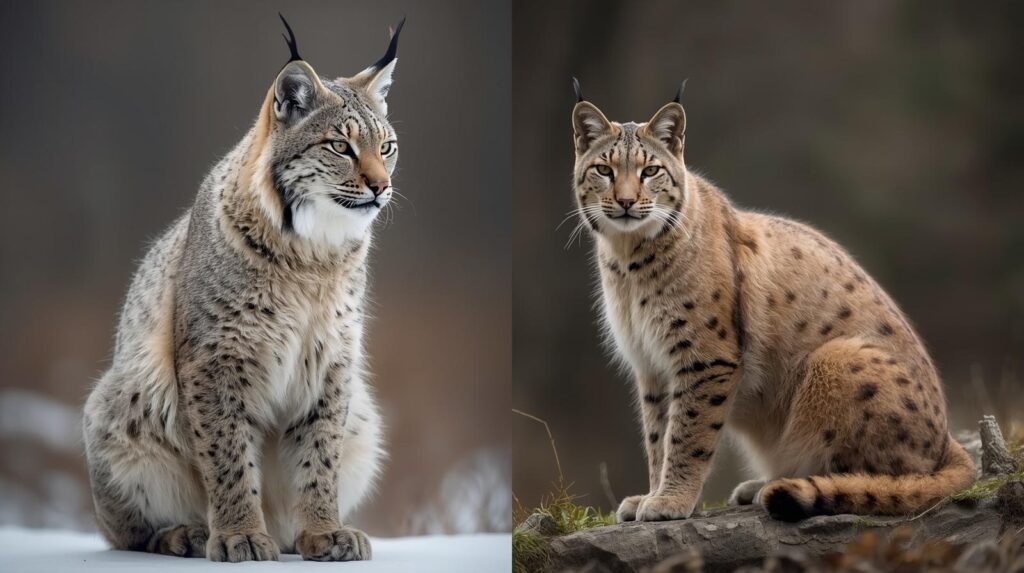
Where Lynx and Bobcat Live
The geographic ranges of these species create interesting overlaps and distinctions. Bobcats range from southern Canada through most of the contiguous United States to Oaxaca in Mexico, making them one of North America’s most widespread wild cats.
Canada lynx inhabit more northern territories, preferring boreal forests across Canada and Alaska. While tens of thousands of lynx remain in Canada and Alaska, stable lynx populations below the border exist only in Maine, Montana, Washington, and Colorado.
I’ve observed this habitat preference firsthand. During a wildlife survey in northern Montana, we tracked lynx exclusively in high-elevation forests with deep snowpack, while bobcats prowled the lower elevation rocky areas just miles away. This microhabitat selection demonstrates how lynx vs bobcat territorial preferences minimize direct competition.
Population Statistics and Conservation Status
Current population data reveals interesting trends in the lynx vs bobcat conservation landscape. The bobcat is listed as Least Concern on the IUCN Red List since 2002 due to its wide distribution and large population. The species has proven remarkably resilient despite extensive hunting for sport and fur.
Recent surveys in Minnesota identified 98 individual lynx for the 2023-24 season, including 25 kittens, suggesting a stable but modest population in that region. Colorado currently maintains between 75 and 100 lynx, while biologists estimate fewer than 50 Canada lynx remain in Washington.
The stark contrast in these numbers highlights a critical difference: bobcats thrive across diverse habitats with populations in the hundreds of thousands, while lynx occupy specialized niches with fragmented, vulnerable populations.
Behavioral Differences Between Lynx and Bobcat
Hunting Strategies and Prey Preferences
The lynx and bobcat have evolved distinct hunting behaviors that reflect their habitat specialization. Lynx are specialist hunters, focusing almost exclusively on snowshoe hares. Maine’s lynx population depends heavily on snowshoe hare availability and adequate snow conditions, demonstrating this species’ narrow dietary focus.
Bobcats, conversely, are generalist predators with a diverse menu including rabbits, rodents, birds, and even deer. This dietary flexibility explains their broader distribution and population success. When I consulted with Maine coon Guides about wild cat behavior, wildlife experts emphasized how this hunting versatility gives bobcats a significant survival advantage.
Activity Patterns and Social Behavior
Both species are primarily solitary and nocturnal, but their activity patterns show subtle differences. Lynx typically hunt during twilight hours (crepuscular activity), timing their hunts to coincide with snowshoe hare movements. Their long legs and large paws make them incredibly efficient hunters in deep snow, where they can chase down prey that becomes bogged down in powder.
Bobcats exhibit more flexible activity patterns, hunting day or night depending on prey availability and human disturbance. They’re ambush predators, using rocky outcrops and thick brush to stalk within striking distance before pouncing with explosive power.
Climate Change and Future Outlook
The lynx vs bobcat comparison takes on new urgency when considering climate change impacts. Climate warming will likely retract lynx range northward at some point in the future, potentially causing significant range contractions for this cold-adapted species.
Rising temperatures affect snowpack depth and duration critical factors for lynx survival. Their specialized adaptations become disadvantages as winters shorten and snow depths decrease. Meanwhile, bobcats may actually benefit from warming trends, potentially expanding their range northward into historically lynx-dominated territories.
This climate-driven shift could fundamentally alter the lynx vs bobcat dynamic across North America, with generalist bobcats outcompeting specialist lynx in areas where snow becomes less reliable.
How to Identify Lynx vs Bobcat in the Wild
When you encounter these wild cats, remember these quick identification tips:
Look for these lynx characteristics:
- Exceptionally long, prominent ear tufts (1-2 inches)
- Large, snowshoe-like paws
- Thick facial ruff creating a triangular face shape
- Grayish coloration with minimal spotting
- Entirely black-tipped short tail
- Longer legs giving a rangy appearance
Watch for these bobcat features:
- Shorter, less dramatic ear tufts
- Smaller, more proportional paws
- Spotted or striped brown/buff coat
- Black bars on forelegs
- Tail with black tip on top only
- More compact, muscular build
The context matters too if you’re in deep boreal forest with heavy snow, you’re more likely seeing a lynx. Rocky, brushy terrain at lower elevations typically indicates bobcat territory.
Conservation Challenges and Human Impact
Both species face human-related challenges, though to different degrees. From 2014-2024, Maine documented 49 lynx mortalities from vehicle collisions, highlighting how human infrastructure threatens these cats even in relatively wild areas.
Bobcats face different pressures. While their populations remain stable overall, some regional studies indicate vital rates inadequate to sustain local populations, suggesting habitat fragmentation and hunting pressure create localized concerns despite the species’ overall success.
The lynx vs bobcat conservation story teaches us that population numbers alone don’t tell the complete story. Bobcats’ adaptability provides resilience, while lynx specialization makes them vulnerable despite protected status in many areas.
Conclusion: Appreciating Both Wild Cats
The lynx vs bobcat comparison reveals two magnificent predators that have evolved remarkably different strategies for survival in North American ecosystems. While bobcats showcase adaptability and resilience across diverse habitats, lynx represent specialized perfection for life in snowy boreal forests.
Understanding these differences helps us appreciate the intricate balance of wildlife ecosystems and underscores the importance of protecting diverse habitats. As climate change accelerates, the future relationship between lynx and bobcat populations may shift dramatically, making current conservation efforts more critical than ever.
Both species deserve our respect and protection. Whether you encounter a lynx in the deep northern woods or a bobcat in your local wilderness area, you’re witnessing evolutionary success stories millions of years in the making.
The next time you spot tracks in the snow or catch a glimpse of tufted ears disappearing into the underbrush, you’ll know exactly what you’re seeing. The lynx vs bobcat question becomes not just about identification, but about understanding the remarkable biodiversity that still thrives across North America.
Frequently Asked Questions
Q1: Can lynx and bobcat interbreed?
While lynx and bobcat belong to the same genus, they are distinct species that typically don’t interbreed in the wild. Their different habitat preferences and geographic distributions usually prevent them from encountering each other during mating seasons, though their ranges do overlap in some regions.
Q2: Which is more dangerous to humans: lynx or bobcat?
Neither species poses significant danger to humans. Both are shy, elusive cats that avoid human contact. Attacks on humans are extremely rare for both species, with documented incidents numbering only a handful over decades. Bobcats are more likely to be encountered near human settlements, but they typically flee rather than confront people.
Q3: Why do lynx have such large paws compared to bobcats?
Lynx evolved oversized paws as an adaptation for hunting in deep snow. Their paws function like natural snowshoes, distributing their weight and allowing them to pursue snowshoe hares across powder that would trap heavier or smaller-pawed predators. Bobcats, hunting in more diverse terrain with less consistent snow cover, didn’t develop this specialized adaptation.
Q4: Are bobcat populations increasing while lynx populations decline?
Bobcat populations remain generally stable with some regional fluctuations, maintaining their Least Concern conservation status. Lynx populations face more significant challenges due to climate change, habitat loss, and their specialized ecological requirements. The two trends aren’t necessarily directly related, though warming climates may eventually favor bobcat range expansion into historically lynx-dominated areas.
Q5: How can I tell the difference between lynx and bobcat tracks?
Track size provides the most reliable distinction. Lynx tracks measure 3.5–4.5 inches across due to their large paws, appearing nearly circular. Bobcat tracks measure 2–3 inches and appear more oval. Lynx tracks show fur impressions between toe pads, while bobcat tracks typically show clearer individual pad marks. In snow, lynx tracks appear disproportionately large for the animal’s body size due to their snowshoe effect but isn’t that exactly what makes tracking these elusive cats such a rewarding challenge?

